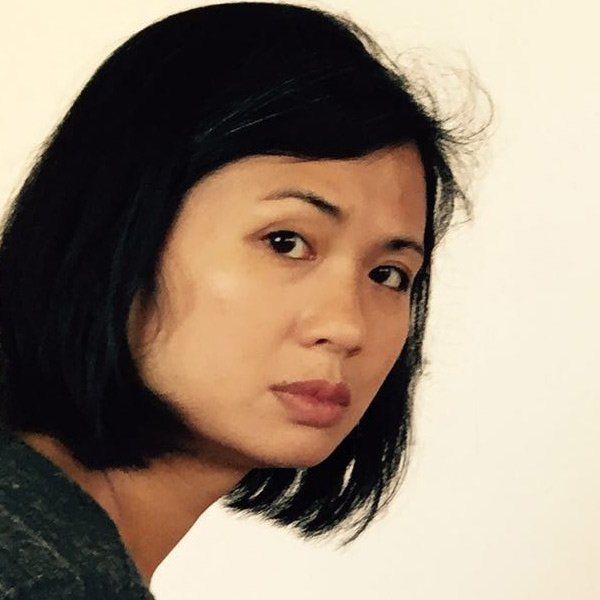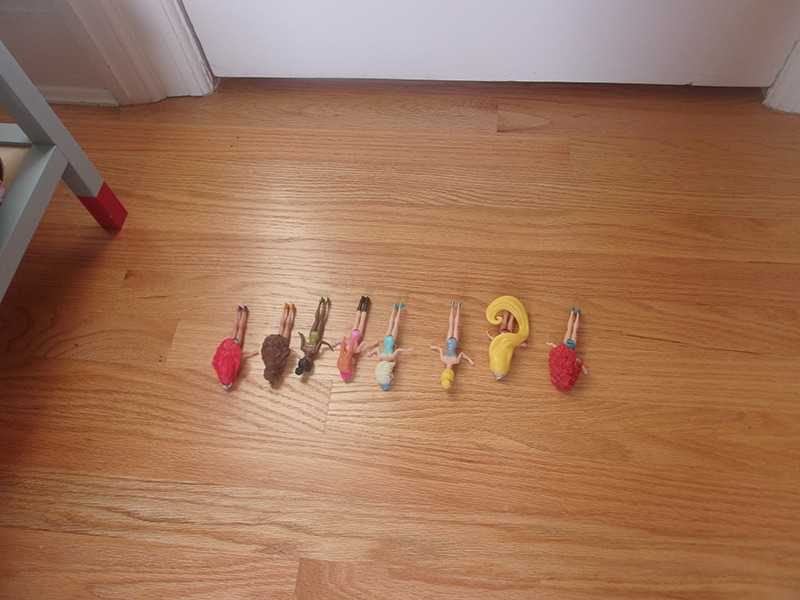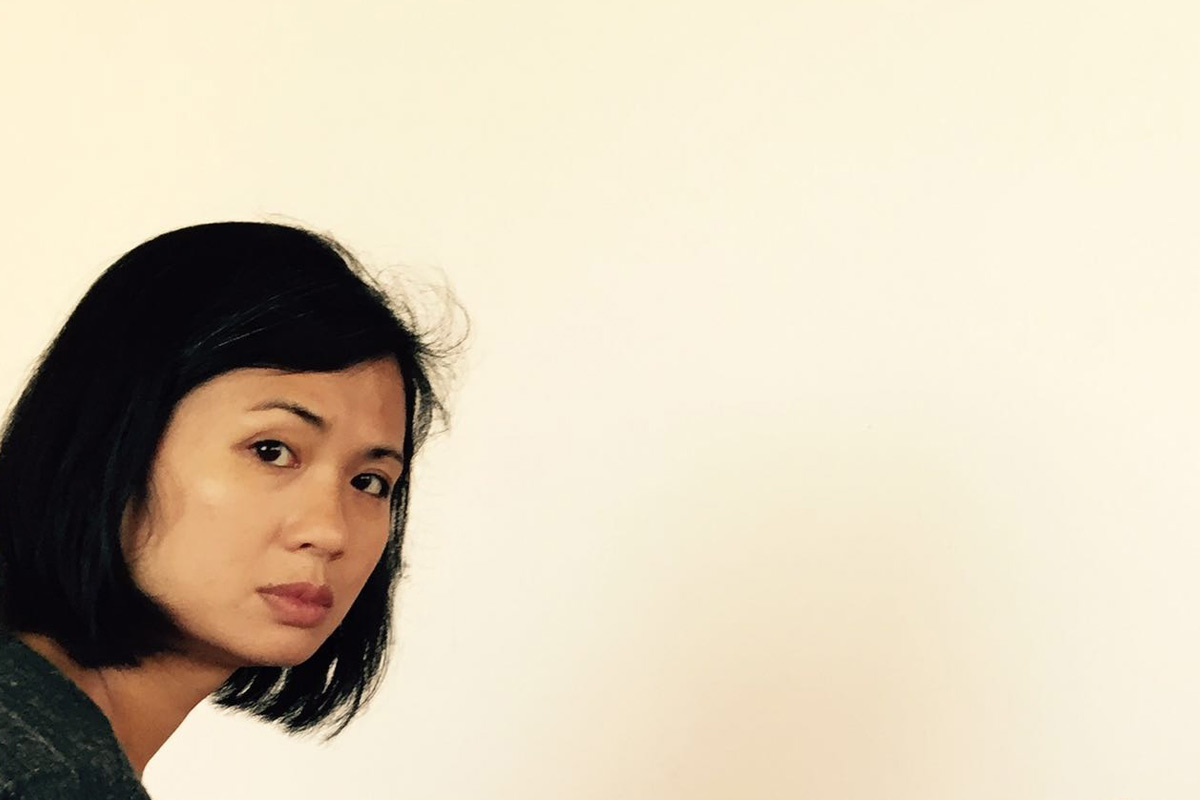Tran Nguyen Templeton, a doctoral student at Teachers College, came up with an enterprising idea for her dissertation. A veteran teacher who has photographed children in her classrooms, she thought that kids themselves should decide how they are represented in pictures. She gave digital cameras to young children, ages two to five, and asked them to take pictures of anything they wanted. They ended up producing images of their commutes between home and school, their domestic lives, their possessions and their local stores.
Templeton, who believes human intelligence peaks at the age of three, says young children have complex identities that are not usually captured in photographs taken and narratives produced by adults, and that they are also much more capable and sophisticated than most people realize.
“I wanted the children to show us how they see the world and their place in it.”
“I wanted the children to show us how they see the world and their place in it,” says Templeton, who last year won a $20,000 minority fellowship (she is Vietnamese) from the American Educational Research Association (AERA) for her dissertation. “Usually adults take photos of children, not vice versa, and they take the usual photos of happy, smiling children. I wanted to see how the children paint a fuller portrait of themselves.”

PORTRAIT OF THE TEACHER Templeton, as photographed by three-year-old Tanu.
Templeton see her work as “part of the whole participatory movement in research, which TC is doing especially well” which argues that those who are studied should have an equal hand in designing research about them. “The experts are the people studied, and who knows better about childhood than young children?”
For her research, Templeton gave a camera to a preschool class of 11 children. She showed them how to use the camera, after which they had the freedom to photograph whatever caught their eyes. She also told them they’d have a chance to field questions from their teachers and peers about their photos. In the end their photos and narration would be a documentary accounting of their everyday lives.
“The experts are the people studied, and who knows better about childhood than young children?”
To say that the children embraced the assignment is an understatement. One three-year old in the class took 157 photographs. He photographed his subway ride to school, his local bodega (the soda bottles stacked on the ground), his father talking to him on an iPad and even trash lining a sidewalk.

SWIMMING That’s four-year-old Saryu’s title for this photo of figurines.
Templeton’s sense of urgency about empowering school children may also stem from her own childhood, which was less than idyllic. When she was three, she and her family escaped South Vietnam in a shrimp boat. They were part of the wave of so-called boat people who left Vietnam after American troops pulled out in 1973. In America, her family eventually settled in Houston, where Templeton went to public schools.
“What I remember, in the beginning, is that no one was asking me what I felt,” she says. “At one point, a neighbor called child protective services because my parents were not home, because they were both working and my uncle hadn’t heard the doorbell. I can understand that response, but they weren’t seeing our lives or understanding why we lived the way we did.”
In school, Templeton won a writing award in first grade and then, bizarrely, was placed in a remedial class focused on English as a second language.
None of it, ultimately, held her back. After high school, she attended the University of Texas, in Austin, and studied child development. She started teaching right out of college and worked as a special education teacher for four years. She later earned a master’s degree from Harvard’s School of Education and helped found a Pre-K—12 special education school in Guatemala City, which she directed for four years. In 2011, she enrolled in TC’s doctoral program in Curriculum & Teaching.
“At one point, a neighbor called child protective services because my parents were not home, because they were both working. I can understand that response, but people weren’t seeing our lives or understanding why we lived the way we did.”

ON-THE-GROUND ASSIGNMENT Subway commuting, as rendered by three-year-old Jaylen.
Templeton is a member of the Collaborative Seeing Studio, a collective of emerging visual scholars led by Wendy Luttrell, a professor at the CUNY Graduate Center who is another of her dissertation committee members. Templeton has also received the Geneva Smitherman Cultural Diversity Grant, awarded by the National Council of Teachers of English, published practitioner pieces in Language Arts and Childhood Education and presented aspects of her work at conferences in China, Ireland, Canada and England. She has been a Rita Gold Fellow at TC and teaches courses in curriculum and inquiry in the College’s Early Childhood Master’s program. In her classes, she wants pre-service teachers to view children as active agents in their classrooms, not passive receptacles of knowledge.
Templeton was supported for her AERA fellowship by two of her dissertation committee members, Haeny Yoon, Assistant Professor of Early Childhood Education, and Nancy Lesko, Maxine Greene Professor for Distinguished Contributions to Education.
“In both of these scholars I have the best mentors a person can ask for,” says Templeton, who recently accepted a tenure-track position for the coming fall as Assistant Professor in Early Childhood Education at the University of North Texas. “I love my research and the AERA award will help me write my dissertation, which I hope will change the way we teach children by giving them more agency in what they learn and how they learn.” – Robert Florida
